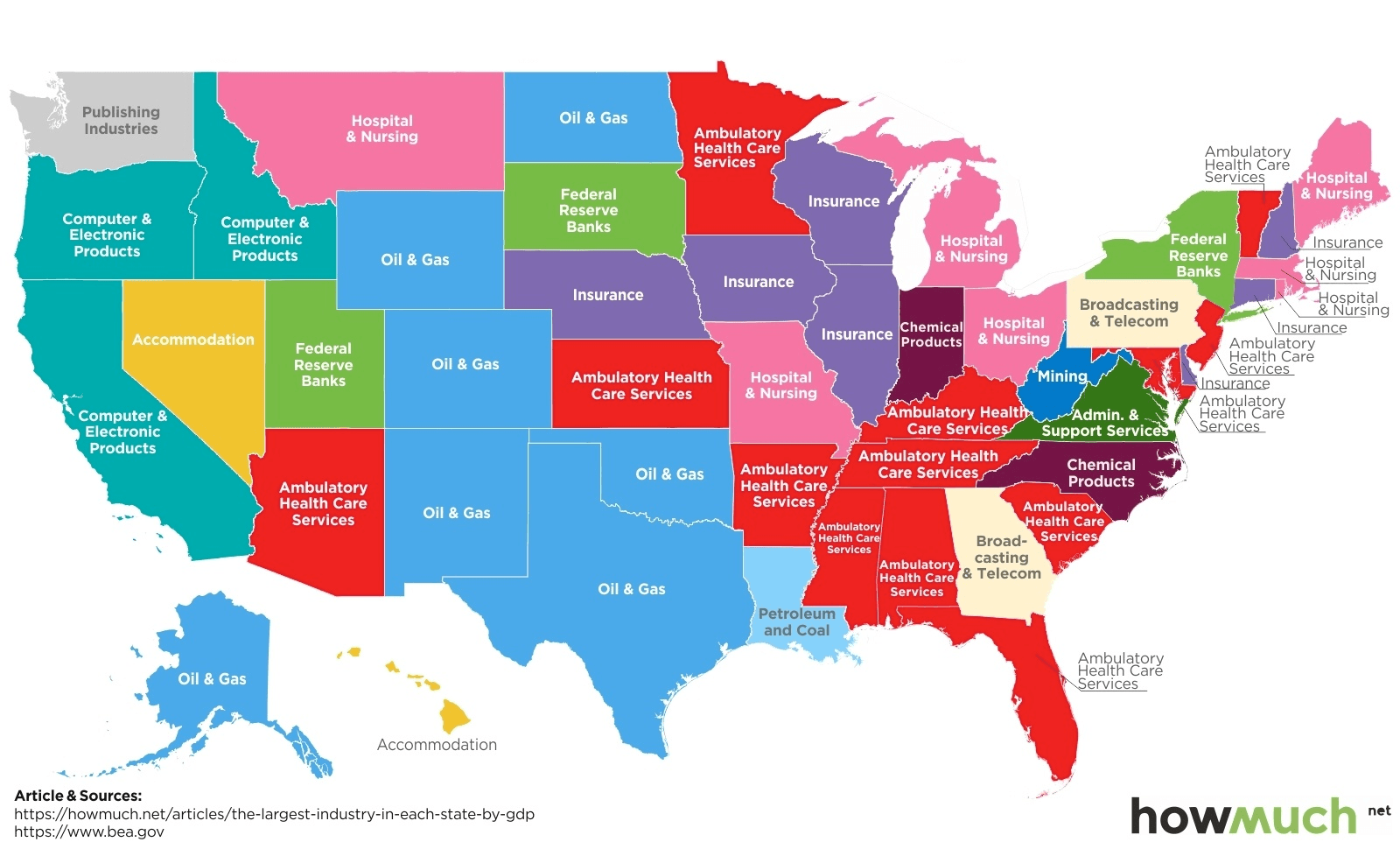The business world is diverse and ever-changing, and the ways in which businesses are structured have a profound impact on their success.
As an entrepreneur or business owner, it’s crucial to understand the regional prevalence of various business structures and the factors that contribute to their success.
 Key Takeaways
Key Takeaways
- Regional Variations: Business structures vary significantly by region, making it essential to research local trends before choosing the best structure for your venture.
- Industry-Specific Trends: Certain business structures may be more prevalent and successful within specific industries, so consider your sector when making decisions.
- Tax Implications: Different geographic locations have unique tax laws impacting various business structures—understanding these implications can optimize your financial strategy.
- Networking Opportunities: Aligning with a prevalent business structure in your area can open doors to valuable connections and resources within your local entrepreneurial ecosystem.
- Adaptability: Stay informed about regional shifts in business structures to remain competitive and make necessary adjustments as trends evolve over time.
In this article, we’ll delve into the geographic distribution of business structures across the United States, explore regional trends and factors influencing success, and examine industry-specific trends.
Are you ready to uncover the knowledge that can help you make the best decisions for your business?
Let’s get it!
Regional Trends in Business Structures
It’s important to recognize that the United States is a vast and diverse country, with each region boasting its own unique business landscape.
Some regions are known for their thriving tech industries, while others are hubs for manufacturing or agriculture.
As such, the types of business structures commonly found in each region can differ significantly.
 Largest Industry in Each State by GDP (CourtesyHowmuch.net)
Largest Industry in Each State by GDP (CourtesyHowmuch.net)
For example, the West Coast, particularly in states like California and Washington, is known for its thriving tech industry.
These states are home to a high number of corporations, specifically C-corporations and S-corporations, due to the presence of large tech companies like Apple, Google, and Microsoft.
On the other hand, the Midwest is known for its strong manufacturing and agricultural base.
As a result, many businesses in this region are structured as partnerships or sole proprietorships, which allow for more flexibility and a simpler management structure.
Industry-Specific Trends in Business Structure
In addition to regional factors, industry-specific trends can also play a role in determining the success of a particular business structure.
For example:
1. Technology:
As mentioned earlier, the tech industry is dominated by corporations.
This can be attributed to the need for significant capital investment and the benefits of limited liability protection that corporations offer.
2. Retail and service industries:
These industries, which include businesses like restaurants, retail stores, and personal services, typically see a higher prevalence of sole proprietorships and partnerships.
This is because these types of businesses often require less capital and have simpler management structures.
3. Professional services:
Firms offering professional services, such as law, accounting, or consulting, often opt for a limited liability company (LLC) or a professional corporation (PC) structure.
These structures provide limited liability protection and allow for more flexibility in management and taxation.
4. Real Estate:
Real estate businesses often choose to operate as limited liability companies (LLCs) due to the flexibility they offer in terms of management and taxation.
LLCs also provide limited liability protection for real estate investors, which can be particularly important in this industry where lawsuits are common.
5. Nonprofit Organizations:
Nonprofits typically operate as either a 501(c)(3) corporation or a charitable trust.
These structures allow nonprofits to receive tax-exempt status and protect their leaders from personal liability.
6. Manufacturing:
Manufacturing businesses may operate as sole proprietorships, partnerships, corporations, or LLCs depending on factors such as size and ownership structure.
S-corporations are a popular choice among small manufacturing businesses due to their pass-through taxation and limited liability protection.
7. Healthcare:
Healthcare providers such as doctors and dentists often form professional corporations (PCs) or professional limited liability companies (PLLCs).
These structures provide limited liability protection and help healthcare professionals comply with state regulations regarding corporate practice of medicine.
8. Construction:
Construction businesses often choose to operate as LLCs or S-corporations due to their pass-through taxation status and limited liability protection.
However, larger construction companies may opt for a C-corporation structure to take advantage of lower corporate tax rates.
For more information on choosing the right business structure for your region and industry, check out the Small Business Administration’s Business Structures guide.
Factors Influencing Regional Success
Several factors contribute to the success of a particular business structure within a specific region. These factors include:
-
Industry:
As mentioned earlier, the dominant industries in a region can greatly influence the prevalent business structures.
For instance, regions with a strong tech industry are more likely to have an abundance of corporations, while regions with a strong agricultural or manufacturing presence may see more partnerships and sole proprietorships.
-
Local regulations and policies:
State and local regulations can play a significant role in determining the success of a business structure.
Some states are more business-friendly, offering tax incentives and other benefits to attract companies (source).
For example, Delaware is known for its favorable business climate, particularly for corporations, due to its low corporate tax rate and well-established legal infrastructure.
-
Economic conditions:
Regional economic conditions, such as the availability of skilled labor, infrastructure, and access to markets, can all influence the success of a particular business structure.
Businesses located in economically prosperous areas with a well-educated workforce and robust infrastructure are more likely to thrive.
-
Culture and values**:
The culture and values of a region can also play a role in the success of a particular business structure.
For example, regions with a strong emphasis on community may see more co-operatives or social enterprises, while regions with a focus on innovation and entrepreneurship may have more startups and LLCs.
-
Access to funding:
The availability of funding, whether through venture capital firms, angel investors, or traditional bank loans, can also impact the success of different business structures in a region.
Some areas may have a more robust network of investors or banks that are willing to lend to certain types of businesses over others.
-
Competition:
The level of competition in an industry or region can also influence the success of different business structures.
In highly competitive industries or markets, businesses may benefit from adopting more complex structures like corporations or LLCs to protect their assets and limit liability.
-
Demographics:
Demographic factors like age, gender, and race can also contribute to the prevalence of certain business structures in a region.
For example, research has shown that women-owned businesses are more likely to be structured as sole proprietorships or partnerships compared to male-owned businesses (source).
Understanding these demographic trends can help you tailor your business structure to better meet the needs and preferences of your target market.
By considering these factors and examining regional trends in business structures, you can make informed decisions about which structure is best suited for your location and market.
It’s important to remember that there is no one-size-fits-all approach when it comes to choosing a business structure - understanding the unique factors at play in your region is key to finding long-term success.
Key Takaways
Understanding the geographic distribution of business structures and the factors that contribute to their success is essential for entrepreneurs and business owners looking to make informed decisions.
By taking into account regional trends, local regulations, economic conditions, and industry-specific factors, you can choose the best business structure for your unique situation.
Ready to take your business to the next level?
Stay informed, make data-driven decisions, and be part of the growing community of successful entrepreneurs by subscribing to our newsletter today!


